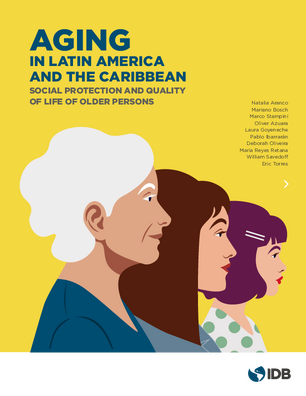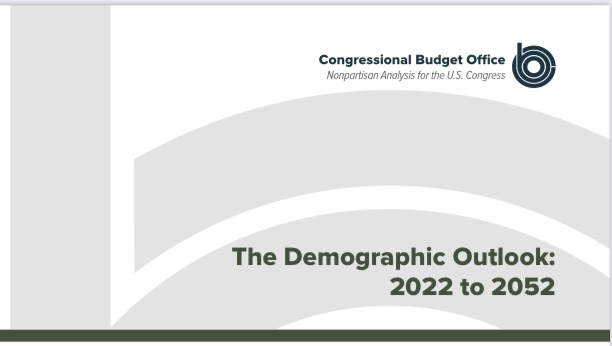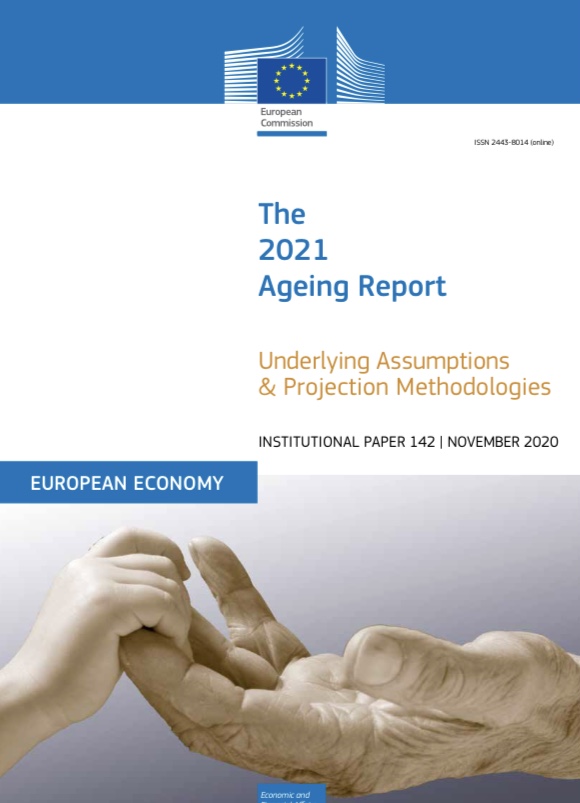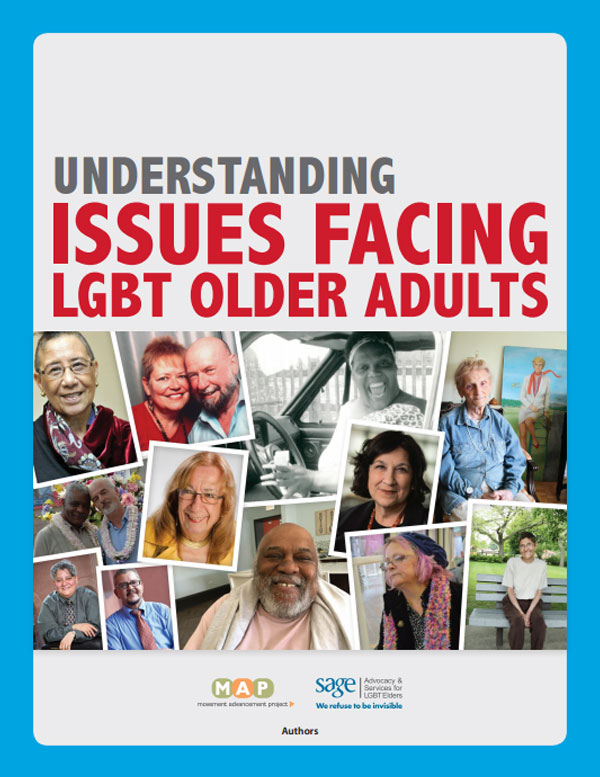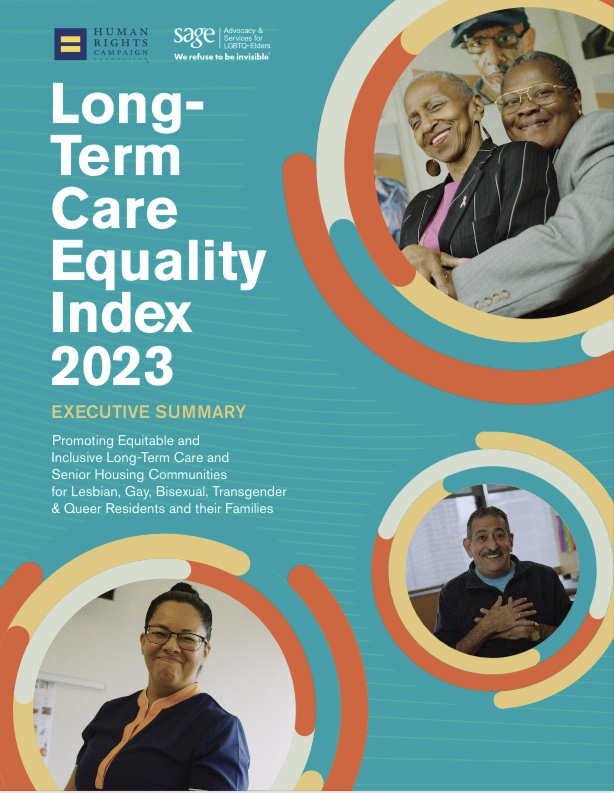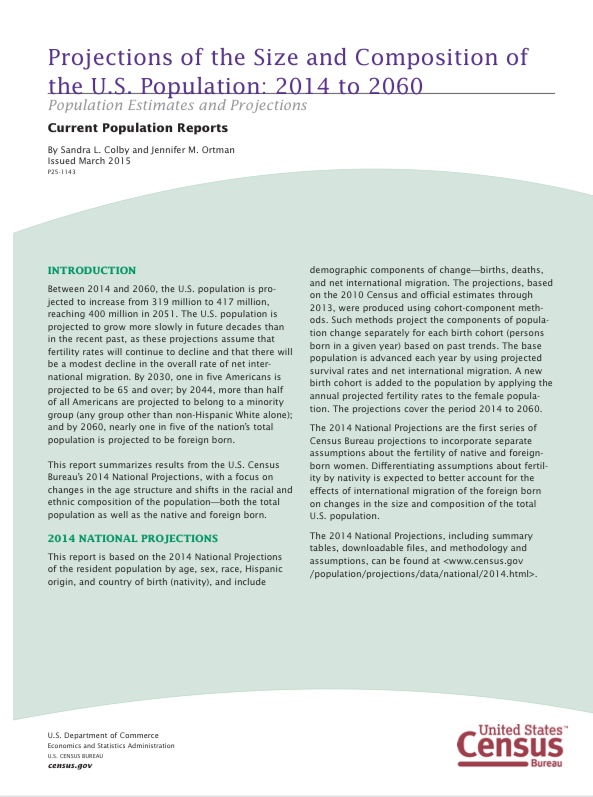Aging in Latin America and the Caribbean: social protection and quality of life of older persons
By Natalia Aranco, Mariano Bosch, Marco Stampini, Oliver Azuara Herrera, Laura Goyeneche, Pablo Ibarrarán, Deborah Oliveira, Maria Torre Retana Reyes, William D. Savedoff & Eric Torres Ramírez In this report, we analyze older persons quality of life in Latin America and the Caribbean, its relationship with social protection policies, and how these policies must adapt to respond to population aging. We create a measure of quality of life of older persons which combines healthy life expectancy and income security. For...

